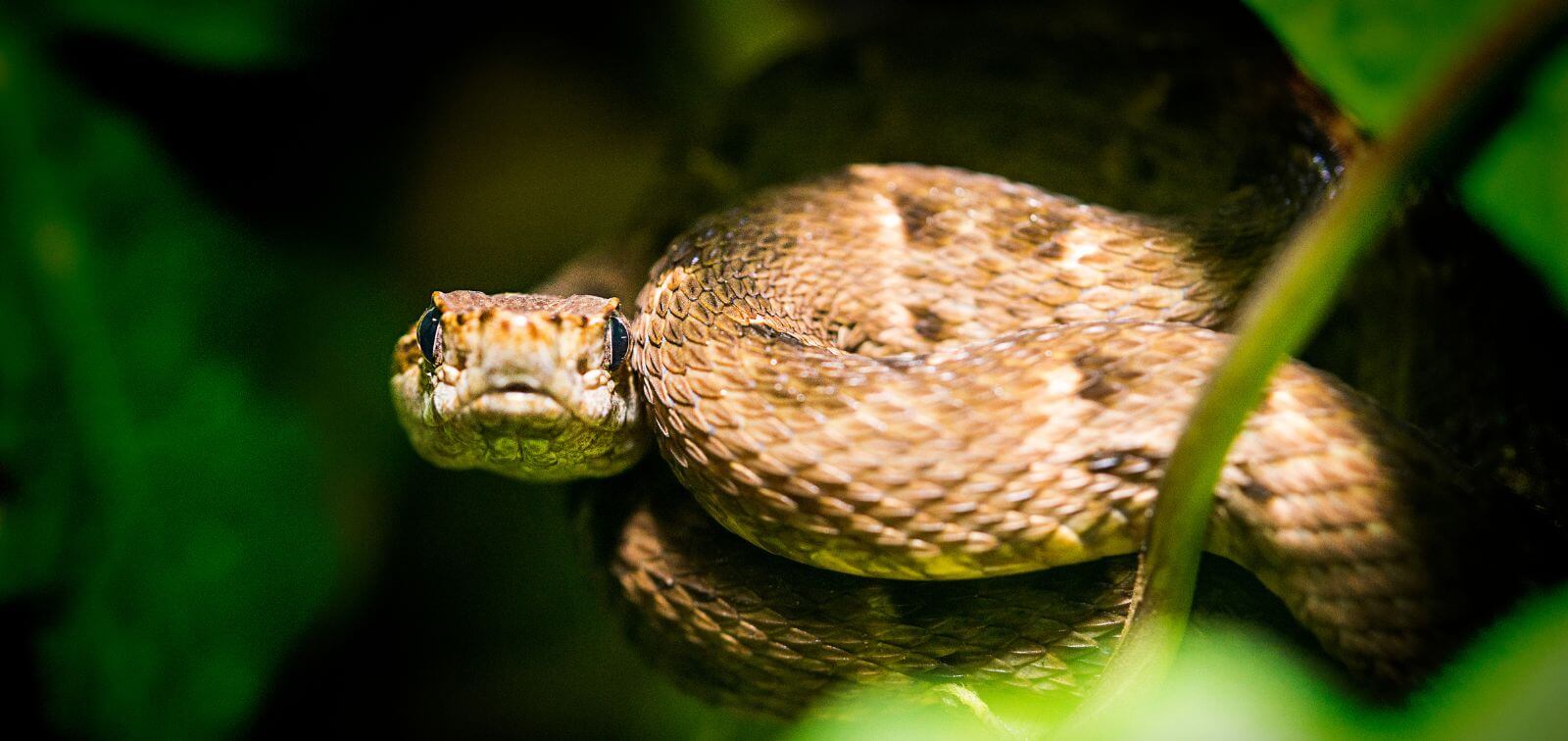Snake Bites in Paraguay: An Occupational Health Problem
Men of productive age working in the agricultural and livestock sectors are most affected, according to a study that analysed data between 2015 and 2021
29.04.2024
Young men working in agricultural or livestock settings are the most affected by snakebites, according to research in Paraguay based on data from the last six years. The study, led by the Barcelona Institute for Global Health (ISGlobal), a centre supported by the "la Caixa" Foundation, highlights the importance of collecting more and better data to estimate the true burden of this neglected disease.
Every year, between 80,000 and 140,000 people die from the bite of a venomous snake. In 2017, the WHO added poisoning by snakebite to the list of neglected tropical diseases, to give greater visibility to a public health problem for which there is not only a problem of access to anti-venom treatments, but also a lack of reliable data at global and national levels.
In the Americas, the vast majority of snakebite cases occur in eastern Paraguay and southeastern Brazil. In Paraguay, nearly 300,000 people live in areas where at least one species of venomous snake is present and more than three hours away from a medical centre.
"The problem is that there is a great lack of updated information on the burden of snakebites in the country," says Sofia Ardiles, ISGlobal researcher and first author of the study.
The research team analysed bite cases reported in Paraguay between 2015 and 2021, as well as socio-demographic, clinical and treatment information for each case. A total of 1651 bites were reported between 2015 and 2021 (an average of 235 cases per year). These figures are similar to those reported between 2004 and 2015, indicating that the incidence has remained stable. The regions with the highest number of cases are those that form part of the Gran Chaco, a geographical region that includes territories in Argentina, Bolivia, Brazil and Paraguay, where ISGlobal is working with local partners to improve care for neglected diseases.
Men of productive age: most affected
Men of productive age (around 25 years old) account for almost 70% of cases, many of whom work in the agricultural or livestock sector. "This reinforces the notion that snakebite is an occupational disease," says Irene Losada, ISGlobal researcher and co-author of the study. Many of the bites occurred during the day, on farms or in homes, and during the rainy season. "Having a better idea of the context in which most bites occur can help us implement protective measures in the workplace," she adds.
In more than half of the cases, the snake responsible was not identified or documented, which can complicate choosing the most appropriate anti-venom. Fifteen percent of patients were treated more than six hours after the bite.
"We found that there is a lack of information on mortality, sequelae, adverse effects of treatment and patient management," says Ardiles. This underlines the importance of improving data collection to estimate the true human and social burden of this neglected disease.
The study was a joint effort with Paraguay’s Zoonosis and Rabies Control Centre, headed by Edgar Sanabria.
Reference
Ardiles-Ruesjas S, Sanabria E, Segovia Portillo VH, Jara Oroa L, de Egea V, Sequera G, Alonso-Padilla J, Losada I and Pinazo, MJ. Epidemiological and sociodemographic description of snakebite envenoming cases in Paraguay reported between 2015 and 2021. BMJ Public Health. 2024;2:e000359. doi:10.1136/bmjph-2023-000359



